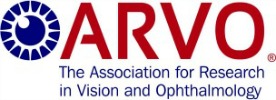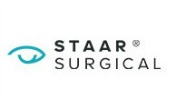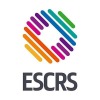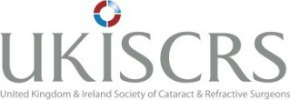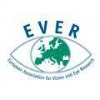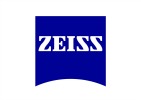For FAQs regarding Coronavirus please click here
Who can PRESBYOND help?
Can you see yourself below?
YOU’RE 45 TO 49

You have been frustrated with your glasses or contact lenses all your life. Or, you have just begun to become annoyed with your new need for reading glasses. If that’s you, I can help you see clearly without either.
YOU’RE 50 TO 60

You might have become accustomed to wearing reading glasses, varifocals or multifocal contact lenses. If a combination of these solutions is not ideal for you, I can help you see clearly again without them.
Live a richer life without reading glasses or varifocals
PRESBYOND is an excellent solution if you want a safe and effective treatment for short-sightedness, long-sightedness, astigmatism and presbyopia
GAIN CLEAR VISION AT BOTH DISTANCE AND NEAR
Imagine seeing the whole of the world without the need for glasses or contact lenses. You’ll have a freedom that some patients call “life-changing”.
FEEL MORE CONFIDENCE AND CONVENIENCE
Most patients say they wish they’d done it sooner. You may feel more confident and will certainly experience more convenience.
IMAGINE AN AVERAGE DAY WITHOUT READING GLASSES OR VARIFOCALS
Awaken ready to read the morning headlines on your mobile or tablet. Take a shower without the blurriness. Work and exercise without glasses or the dryness of contact lenses. Stop the constant need to put your glasses on and off. Don’t worry about where you’ve left your readers or needing to keep half a dozen pair around the house.
LOOK AS YOUNG AS YOU FEEL
We’re not getting any younger, but that doesn’t mean we have to pull out the granny glasses every time we want to read the text on our phones.
DON’T ACCEPT LIMITATIONS
You might feel as fit as you did in your 20s and 30s, so there’s no reason why your eyes shouldn’t be able to keep up. These days, we spend so much time switching between looking at things up close and seeing things far away – why allow your glasses to get in the way?
Affiliations and memberships
I am proud to be associated with these organisations as a member or consultant
Supplementary information about PRESBYOND ®
In my expert hands, you certainly don’t need to know all of the information I’ve included in the toggles below. If you’d like to know how it all works, however, open them and learn more.
Take the first step
Find out if your eyes are suitable for vision correction
Book a free screening now or get us to give you a call back to answer questions
How it works
Enjoy a life free from glasses and contact lenses in 3 easy steps
STEP 1 – BOOK
STEP 2 – MEET
STEP 3 – ENJOY

TALK TO US
Book a video appointment or give us a call on 020 3808 7758 and we’ll help guide you towards a free screening.
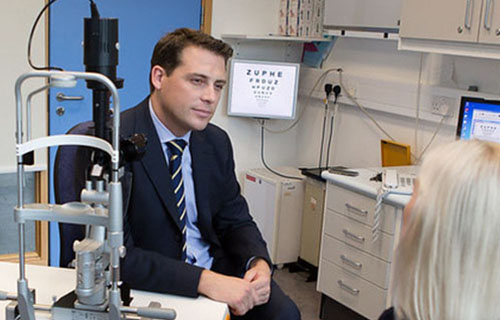
MEET YOUR SURGEON
I’ll see you before treatment to ensure you’re a good candidate and treat you at one of my Harley Street London facilities.

ENJOY A RICHER LIFE
I’ll supervise your aftercare as you begin to experience a life free of glasses and contact lenses.
Even more information about the PRESBYOND eye surgery
I frequently write articles and publish videos to answer people’s most common questions and keep them updated on the latest developments in vision correction. Find out more below…
How long does laser eye surgery last?
If you're thinking about correcting your vision, you may be wondering ''how long does laser eye surgery last?''. Learn more about what to expect, here...
SMILE v LASIK v PRK – What Are the Different Types ?
When comparing SMILE, LASIK, and PRK, it can be easy to get overwhelmed. Here are the key differences between these types of laser eye surgery.
Can I get laser eye surgery?
If you dislike your glasses and contact lenses, you might be wondering "can I get laser eye surgery?" To find out whether you may qualify for this life-changing procedure, read on.
A clear look into the types of laser eye surgery in London
All laser eye surgery has the same general idea - a surgeon uses a laser to reshape your cornea, improving your vision. There are multiple ways a surgeon can do this, though. You need to know if you’re getting the right type of surgery. Take a look at these top types of laser eye surgery in London.
You don’t choose eye surgery from a menu
Some patients worry they will have to do a whole heap of work to choose the best eye surgery. Not on my watch. Below are some alternatives that you might have heard about, however, I believe it is my duty to choose which eye treatment is best for you after conducting a thorough examination
LASIK
LASIK is the most common form of laser vision correction. It’s a safe and effective treatment for short-sightedness, long-sightedness and astigmatism. Unlike PRESBYOND, LASIK will only correct your distance vision.
ReLEx® SMILE
SMILE works similarly to LASIK but is a less-invasive, keyhole treatment. For the moment, we do not offer SMILE with PRESBYOND.
LASEK
LASEK is a type of laser eye surgery, often used as an alternative treatment for those who are not suitable for LASIK eye surgery. Unlike PRESBYOND, LASEK will only correct your distance vision.
Implantable Contact lenses (ICL)
If you are one of the rare patients for whom laser eye surgery is not suitable, ICL lens implants offer a safe and extremely accurate option to free you from needing glasses.
This option is particularly suitable for you if the shape/thickness of cornea makes you ineligible for laser eye surgery; or, if you are so short- or long-sighted that you are out of the treatable prescription range with laser eye surgery.
Lens Replacement (RLE)
Lens replacement or Refractive Lens Exchange (RLE) is an advanced form of vision correction surgery which we use to treat patients over 50 years of age who need glasses for both distance and for reading.
The advantage of PRESBYOND surgery over refractive lens exchange surgery is that PRESBYOND is significantly less invasive and less expensive. However, the advantage of RLE over PRESBYOND is that the former permanently addresses your presbyopia and helps you avoid any chance of cataract in the future.
Refractive cataract surgery
If you have a cataract, removing that cataract and replacing your natural lens with a multifocal artificial lens will negate the need to have PRESBYOND, apart from using it as a top-up procedure.
Complex cataract surgery
If you have a cataract and another complicating eye condition, removing that cataract and replacing your natural lens with an artificial lens will negate the need to have PRESBYOND, apart from using it as a top-up procedure.
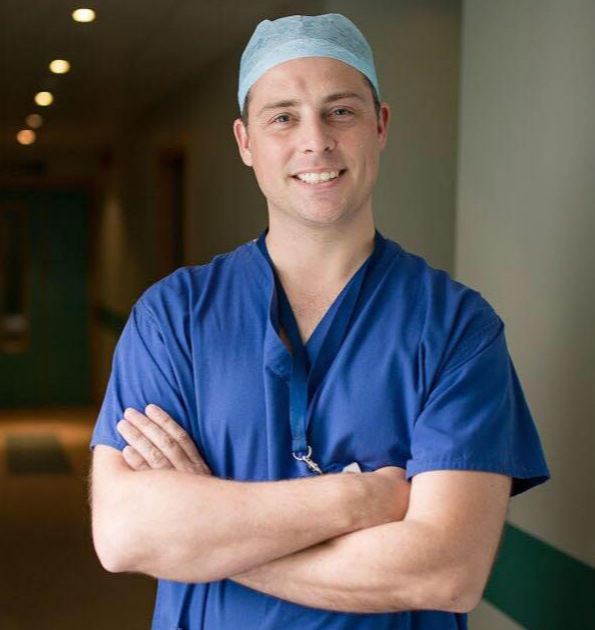
About the author
Mr Alex J. Shortt | Consultant Ophthalmic Surgeon
MB BCh MSc PhD FRCOphth PGDipCatRef
I’m Alex Shortt, a highly trained academic researcher and Consultant Ophthalmic Surgeon based in London’s famous Harley Street medical district. I trained and worked as a consultant for 14 years at London’s Moorfields Eye Hospital. I specialise in advanced technologies for correcting vision, including cataract surgery, implantable contact lenses and laser vision correction.



